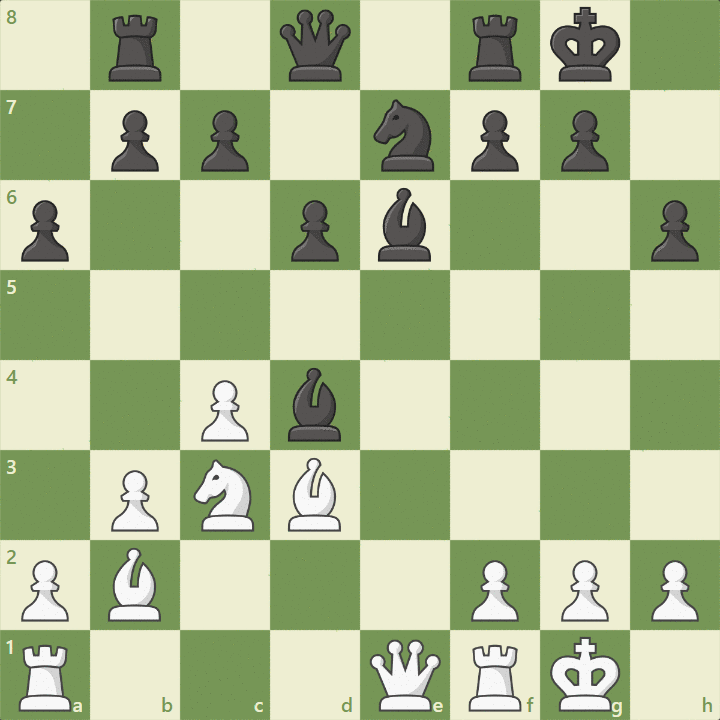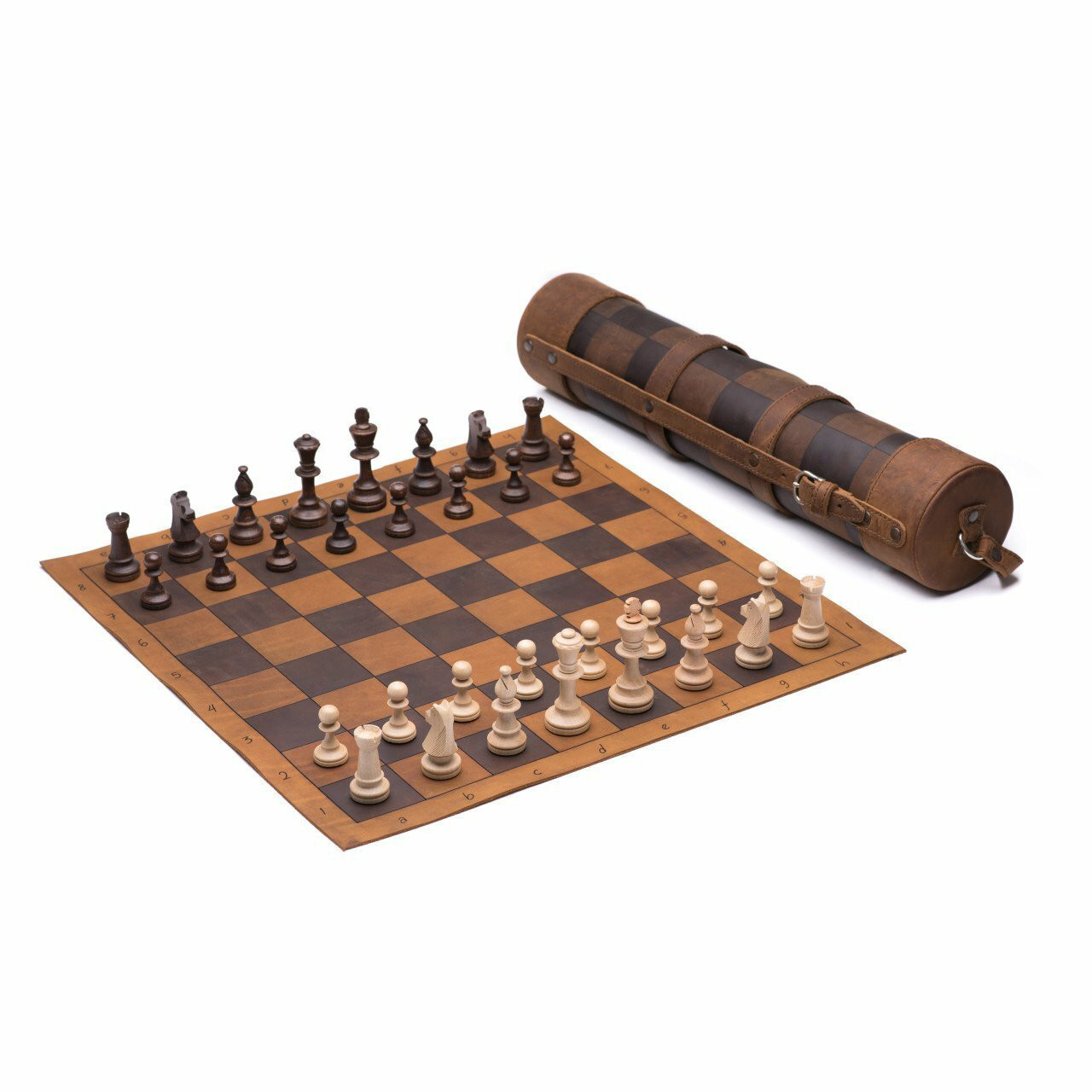Chess is a game of strategy and skill. One important tactic is the “discovered attack.” This is a tricky move. It can catch players off guard. Learning to defend against discovered attacks is crucial.
What is a Discovered Attack?
A discovered attack happens when a piece moves. This move uncovers an attack by another piece. The player may not see it coming. This can lead to losing a piece or even the game.
Example Of A Discovered Attack
Imagine a bishop is behind a pawn. The pawn moves, and the bishop attacks an enemy piece. The opponent may not have seen the bishop. This is a discovered attack.
Why Are Discovered Attacks Dangerous?
Discovered attacks are dangerous because they involve two threats. The piece that moves can attack, and the piece behind it can attack too. This can overwhelm the defender.
Double Threat
In a discovered attack, both pieces can create a threat. This makes it hard to defend against both. The defender must choose which threat to stop. Often, one threat will succeed.
Element Of Surprise
Discovered attacks can surprise the opponent. They may not see the hidden threat. This element of surprise can lead to mistakes. Good players use this tactic to their advantage.

Credit: www.chess.com
How to Defend Against Discovered Attacks
Defending against discovered attacks requires awareness and skill. Here are some tips to help you:
1. Be Aware Of Potential Attacks
Always watch for discovered attacks. Look at your opponent’s pieces. See if any piece is hiding behind another. This will help you anticipate the attack.
2. Control Key Squares
Control important squares on the board. This limits your opponent’s options. If you control key squares, it is harder for them to set up a discovered attack.
3. Protect Your Pieces
Keep your pieces protected. Move them to safe squares. This makes it harder for your opponent to target them. Always think about the safety of your pieces.
4. Avoid Lining Up Your Pieces
Do not place your pieces in a line. This makes them vulnerable to discovered attacks. Spread your pieces out. This reduces the risk of a discovered attack.
5. Use Your Own Threats
Create your own threats. This can put your opponent on the defensive. If they are busy defending, they will have less time to plan discovered attacks.
6. Watch For Weaknesses
Look for weaknesses in your position. Fix them before your opponent can exploit them. This will help you avoid falling victim to discovered attacks.
7. Practice Regularly
Practice defending against discovered attacks. Use puzzles and games to improve. The more you practice, the better you will get.

Credit: chessfox.com
Common Scenarios of Discovered Attacks
Discovered attacks can happen in many ways. Here are some common scenarios:
1. Bishop And Pawn
A bishop behind a pawn can create a discovered attack. The pawn moves, and the bishop attacks. This is a common scenario to watch for.
2. Queen And Rook
A queen behind a rook can create a powerful discovered attack. The rook moves, and the queen attacks. This can be very dangerous.
3. Knight And Bishop
A knight behind a bishop can also create a discovered attack. The bishop moves, and the knight attacks. This combination can be tricky to defend against.
Conclusion
Discovered attacks are a key part of chess strategy. They can be powerful and surprising. Learning to defend against them is important. Be aware of potential attacks, control key squares, and protect your pieces. Avoid lining up your pieces, use your own threats, and watch for weaknesses. Practice regularly to improve your defense. By following these tips, you can become better at defending against discovered attacks.
Table of Common Discovered Attack Scenarios
| Scenario | Description |
|---|---|
| Bishop and Pawn | A bishop behind a pawn moves to attack. |
| Queen and Rook | A queen behind a rook moves to attack. |
| Knight and Bishop | A knight behind a bishop moves to attack. |
Frequently Asked Questions (FAQs)
What Is A Discovered Attack In Chess?
A discovered attack is when a piece moves, uncovering an attack by another piece.
Why Are Discovered Attacks Dangerous?
They involve two threats, making it hard for the defender to respond.
How Can I Defend Against Discovered Attacks?
Be aware of potential attacks, control key squares, and protect your pieces.
What Are Common Scenarios Of Discovered Attacks?
Common scenarios include bishop and pawn, queen and rook, and knight and bishop combinations.
How Can I Improve My Defense Against Discovered Attacks?
Practice regularly, create your own threats, and watch for weaknesses in your position.







